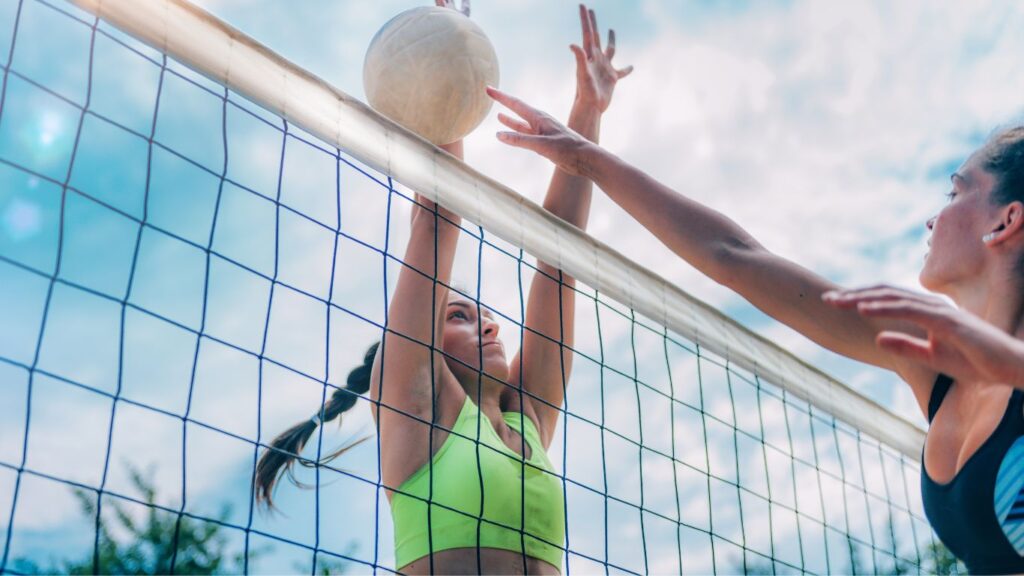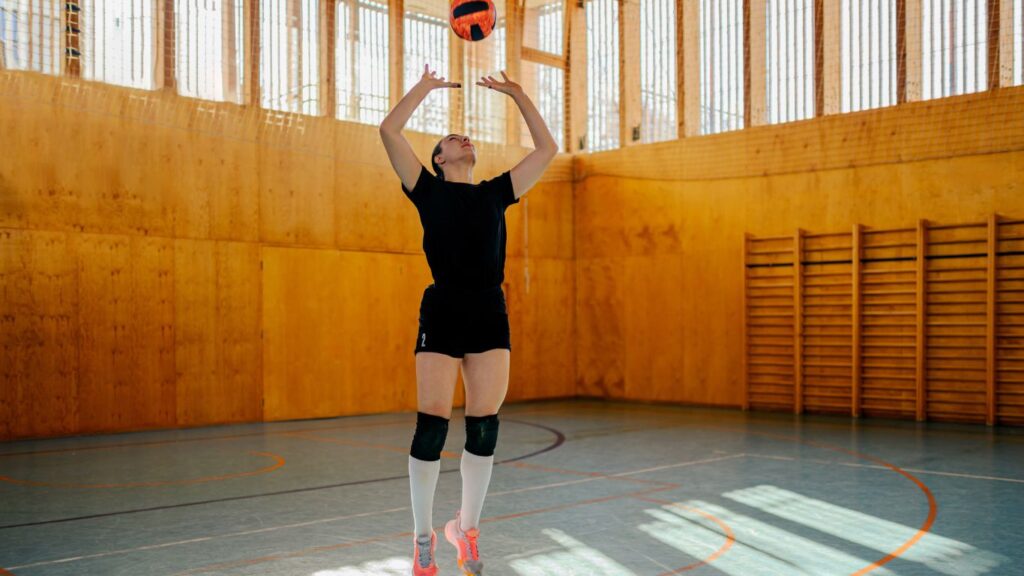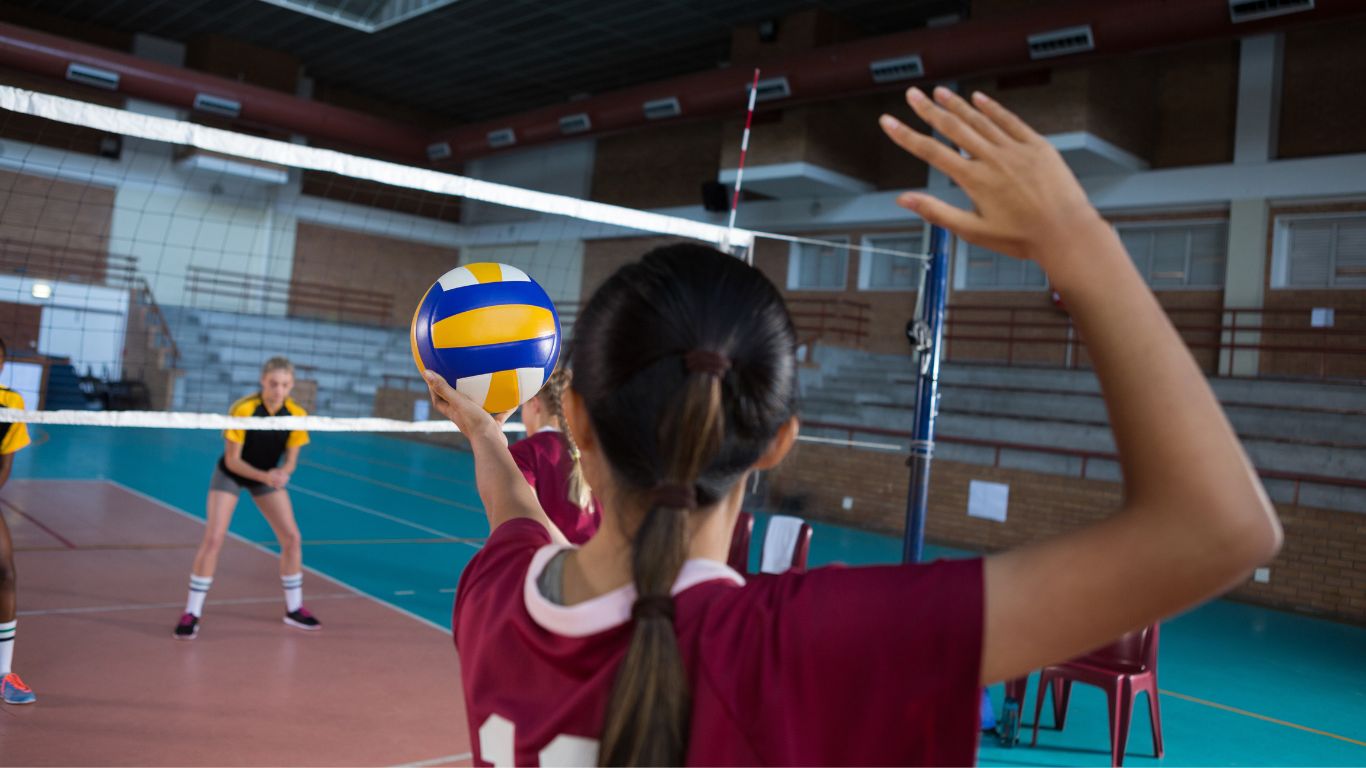The net height in women’s college volleyball is a crucial aspect of the game, affecting gameplay, strategy, and player performance. Let’s explore the official regulations, historical context, and impact of net height on the sport.
Official Regulations for Women’s Volleyball Nets

In women’s college volleyball, the official net height is set at 7 feet, 4 1/8 inches (2.24 meters) at the antenna. This standard is established by the International Volleyball Federation (FIVB) and is adopted by most collegiate and high-level volleyball organizations to ensure uniformity in play. To maintain fair play and consistent rules, the net should be taut, with no sagging.
Historical Context of Net Height Changes
The net height has evolved over the years, reflecting changes in player capabilities and the overall dynamics of the game. Adjustments are sometimes made to adapt to new techniques and to maintain the balance between offense and defense.
Comparison with Men’s Volleyball Net Height
In contrast, the men’s college volleyball net height is higher at 7 feet, 11 5/8 inches (2.43 meters). This difference accounts for the typical variations in physical capabilities between male and female athletes and impacts the style and pace of the game.
Impact on Game Play and Strategy
The height of the net significantly influences gameplay and strategy. A well-set net height can determine the effectiveness of spikes, blocks, and serves. Teams often train extensively to optimize their play around this critical aspect.
Variations Across Different Levels of Play

While college volleyball maintains a standard height, variations may exist in different levels of play, such as high school or recreational leagues. These differences are designed to accommodate varying skill levels and ensure inclusivity.
Equipment Standards and Maintenance Considerations
Proper net maintenance is essential for fair competition. Equipment standards necessitate regular checks and adjustments to ensure the net remains at the prescribed height and tension.
Notable Championships and Their Practices
Significant championships, like the NCAA Women’s Volleyball Tournament, strictly adhere to the prescribed net height, emphasizing its importance in competitive play. Adhering to these standards ensures consistency across matches and venues.
Influences on Player Performance and Skills
The net height impacts how players develop skills such as serving, spiking, and blocking. Training regimens often focus on helping players adapt to and leverage the net height.
FAQs
What is the standard net height for women’s college volleyball?
The International Volleyball Federation (FIVB) established the standard net height for women’s college volleyball as 7 feet, 4 1/8 inches (2.24 meters) at the antenna.

How does the net height affect gameplay?
The height of the net influences various aspects of gameplay, including the effectiveness of spikes and blocks and the strategies teams employ during matches.
Why do not heights differ between men’s and women’s volleyball?
The difference in net heights, with men’s volleyball set at 7 feet, 11 5/8 inches (2.43 meters), reflects male and female athletes’ typical physical capabilities and performance characteristics.
Are there variations in net height across different leagues?
While college volleyball maintains a standard height, variations may exist in high school or recreational leagues to accommodate different skill levels and promote inclusivity.
How often should the net be maintained?
Regular maintenance is crucial to ensure the net remains at the prescribed height and tension, with checks commonly performed before matches.
Conclusion: Significance of Net Height in Competition
Net height in women’s college volleyball is a pivotal component that shapes the sport’s nature. Understanding and adhering to these standards is essential for athletes, coaches, and enthusiasts alike, as it ensures a fair and competitive environment.








